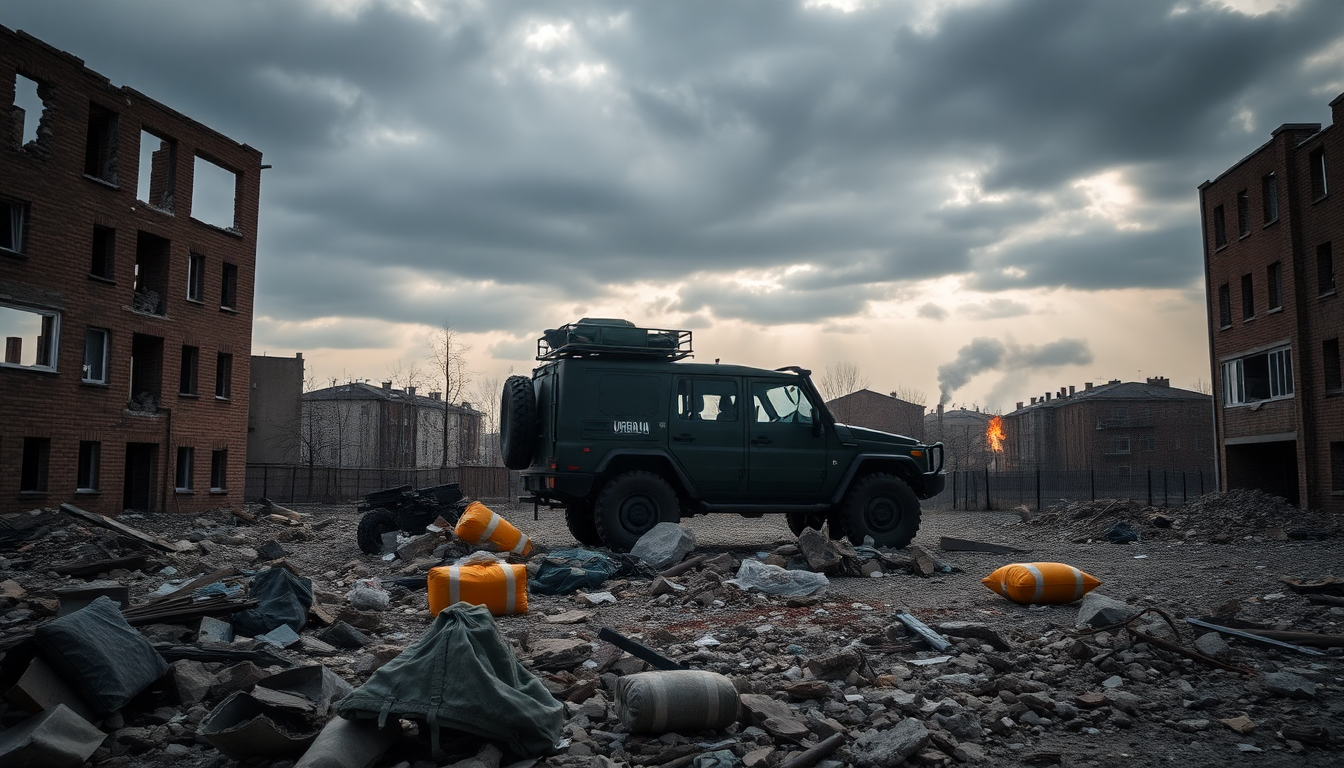Table of Contents
As the conflict between Ukraine and Russia continues to escalate, the situation is becoming increasingly alarming. Just recently, reports emerged that Russia launched an astonishing 537 missiles and drones in one night, marking the most extensive assault since the war began in early 2022.
This surge in violence not only highlights the intensity of the conflict but also raises serious questions about the urgent need for more robust military support from Ukraine’s allies. What does this mean for the future of the region?
The Scale of the Recent Russian Attack
The Ukrainian Air Force has reported that, despite the ferocity of this attack, they managed to intercept 475 of the incoming missiles and drones. However, the cost was immense—one pilot, Maksym Ustymenko, tragically lost his life while bravely defending the skies.
The assault, which began on Saturday evening and lasted over six hours, targeted numerous cities across Ukraine, including Cherkasy, Lviv, Poltava, Kharkiv, Kherson, Mykolaiv, and the capital, Kyiv. This coordinated strike resulted in injuries to civilians and significant damage to homes and critical infrastructure.
Can you imagine the chaos and fear that must have gripped these cities during such an attack?
In response to this escalating threat, neighboring Poland took precautionary measures by scrambling jets and putting its ground-based air defense units on high alert.
This situation underscores the regional implications of the conflict and the necessity for surrounding nations to be prepared for potential spillover effects. Are other countries ready to step in if the situation worsens?
Zelenskyy’s Appeal for International Support
In light of these distressing developments, Ukrainian President Volodymyr Zelenskyy has renewed his calls for Western allies to enhance Ukraine’s air defense capabilities.
He emphasized that the nation desperately needs advanced systems to protect against ballistic missiles and drones, highlighting the critical role of American technology in safeguarding Ukrainian lives. While expressing gratitude for the support received so far, he made it clear that continued assistance from the United States and Europe is vital. What more can be done to help Ukraine in its time of need?
Zelenskyy’s remarks came on the heels of a particularly challenging week for Ukraine, where over 114 missiles, more than 1,270 drones, and nearly 1,100 glide bombs were launched against its territory. He lamented that despite international appeals for peace, Russian President Vladimir Putin seems more committed than ever to waging war. This stark reality has driven Ukraine to seek not only defensive measures but also to boost its military capabilities with advanced systems. How long can this cycle of violence continue?
The Impact of the Conflict on Regional Stability
The recent spike in Russian aggression has broader implications for stability and security in the region. With Moscow intensifying its military operations, the threat of spillover effects into neighboring countries is a real concern. The attack on Ukraine’s industrial center, Dnipro, following missile strikes on Kyiv, exemplifies the ongoing volatility in the area. What will it take for the conflict to de-escalate?
International responses to the conflict remain critical. The United States, under President Donald Trump, recognized the demand for advanced missile defense systems, such as the Patriots. While expressing the need for such systems domestically, Trump indicated a willingness to explore the possibility of making some available to Ukraine. This dialogue reflects the complexities of balancing national defense needs while supporting allies in crisis. Will this support come soon enough to make a difference?
The situation remains fluid, and as the conflict unfolds, the international community’s response will significantly shape the future of Ukraine and the broader geopolitical landscape. How will the world react to this ongoing crisis?





